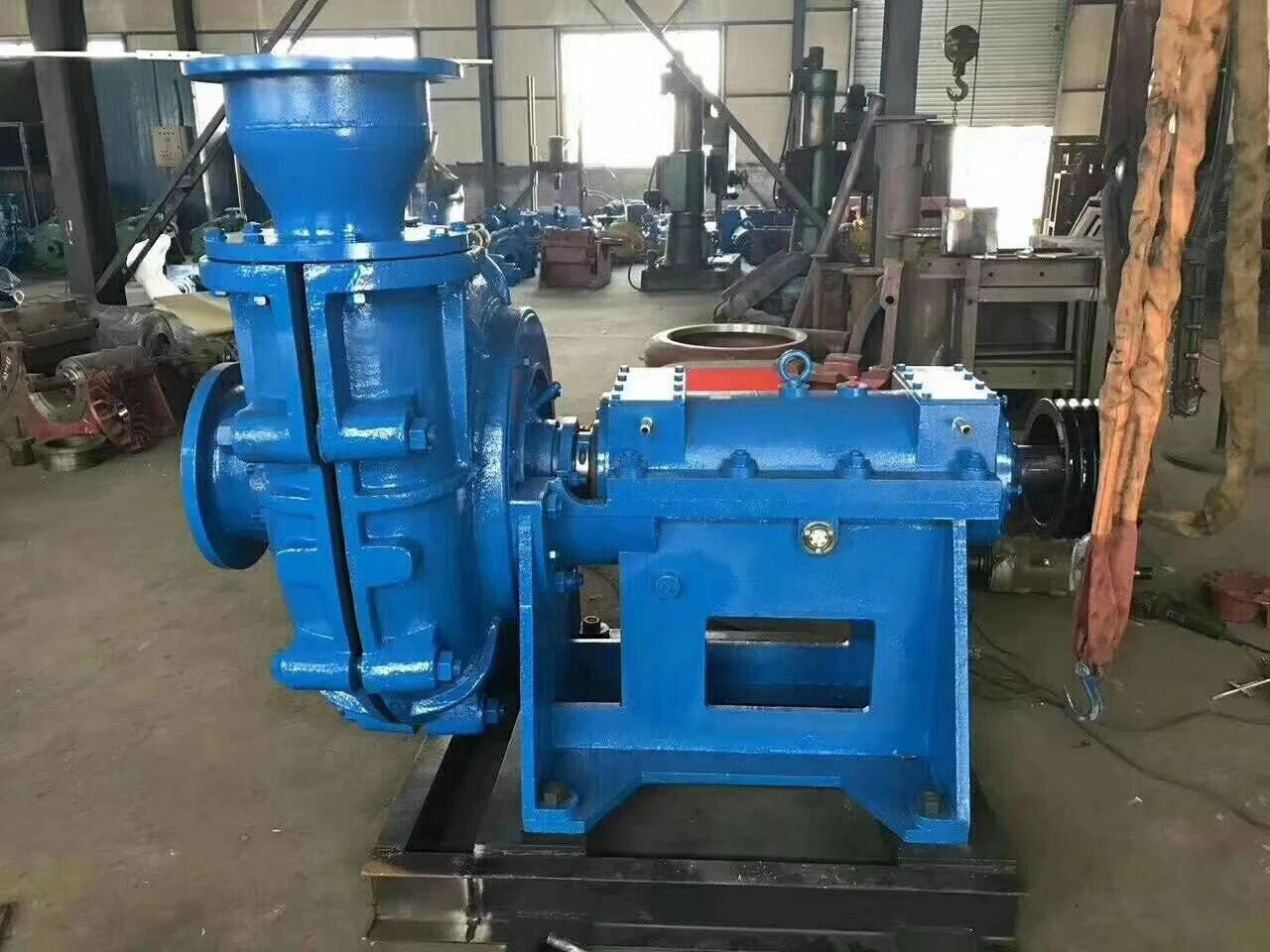English
- Afrikaans
- Albanian
- Amharic
- Arabic
- Armenian
- Azerbaijani
- Basque
- Belarusian
- Bengali
- Bosnian
- Bulgarian
- Catalan
- Cebuano
- Corsican
- Croatian
- Czech
- Danish
- Dutch
- English
- Esperanto
- Estonian
- Finnish
- French
- Frisian
- Galician
- Georgian
- German
- Greek
- Gujarati
- Haitian Creole
- hausa
- hawaiian
- Hebrew
- Hindi
- Miao
- Hungarian
- Icelandic
- igbo
- Indonesian
- irish
- Italian
- Japanese
- Javanese
- Kannada
- kazakh
- Khmer
- Rwandese
- Korean
- Kurdish
- Kyrgyz
- Lao
- Latin
- Latvian
- Lithuanian
- Luxembourgish
- Macedonian
- Malgashi
- Malay
- Malayalam
- Maltese
- Maori
- Marathi
- Mongolian
- Myanmar
- Nepali
- Norwegian
- Norwegian
- Occitan
- Pashto
- Persian
- Polish
- Portuguese
- Punjabi
- Romanian
- Russian
- Samoan
- Scottish Gaelic
- Serbian
- Sesotho
- Shona
- Sindhi
- Sinhala
- Slovak
- Slovenian
- Somali
- Spanish
- Sundanese
- Swahili
- Swedish
- Tagalog
- Tajik
- Tamil
- Tatar
- Telugu
- Thai
- Turkish
- Turkmen
- Ukrainian
- Urdu
- Uighur
- Uzbek
- Vietnamese
- Welsh
- Bantu
- Yiddish
- Yoruba
- Zulu
Telephone: +86 13120555503
Email: frank@cypump.com
Dec . 21, 2024 14:25 Back to list
mining slurry pump
Understanding Mining Slurry Pumps Importance and Applications
Mining operations are inherently complex and resource-intensive, often requiring specialized equipment to facilitate various processes. Among the critical components in this ecosystem is the slurry pump, particularly designed to handle thick mixtures of liquids and solids that are prevalent in mining activities. This article delves into the details of mining slurry pumps, their importance, applications, and the factors influencing their selection.
What is a Slurry Pump?
A slurry pump is a type of pump that is specifically engineered to transport slurry — a mixture of liquid and solid particles. In the mining industry, this typically includes water mixed with ore, rock, and other materials. Unlike conventional pumps, slurry pumps are built to withstand the abrasive nature of these mixtures, featuring robust materials and designs that ensure durability and efficiency.
Importance of Slurry Pumps in Mining
Slurry pumps play a pivotal role in various mining operations, including the transportation of slurry to processing plants, tailings disposal, and backfilling operations. Their importance can be attributed to several factors
1. Efficiency in Transportation Slurry pumps are designed to move large volumes of materials quickly and efficiently, reducing the time and labor required for transportation. This not only enhances productivity but also minimizes operational delays.
2. Cost-Effectiveness By using slurry pumps, mining operations can lower their overall costs. These pumps reduce the need for multiple types of equipment by consolidating tasks into a single system that can handle various slurry densities.
3. Environmental Considerations Properly managing slurry disposal is critical for minimizing the environmental impact of mining operations. Modern slurry pumps are designed to facilitate responsible disposal practices, helping mining companies comply with regulations and reduce their ecological footprint.
4. Wear Resistance Given the abrasive materials involved in slurry transport, mining slurry pumps are constructed with hard-wearing materials such as rubber or metal alloys. This wear resistance extends the life of the pump, ensuring continuity of operations and reducing maintenance costs.
Applications of Mining Slurry Pumps
mining slurry pump

Mining slurry pumps are utilized across a spectrum of operations, including
- Ore and Mineral Transport After ore is extracted, it is combined with water to create a slurry for efficient transportation to processing facilities. Slurry pumps are essential in ensuring this process runs smoothly.
- Tailings Management Post-extraction, tailings (waste materials) must be transported to disposal sites. Slurry pumps enable the safe and efficient movement of these materials, crucial for minimizing environmental impact.
- Backfilling In underground mining, slurry pumps are often used to transport backfill material. This material is used to fill voids left behind after ore extraction, enhancing the stability of mine structures.
Choosing the Right Slurry Pump
Selecting the appropriate slurry pump for a mining operation involves several considerations
- Slurry Characteristics Understanding the composition, density, and viscosity of the slurry is essential. Different pumps perform better with varying types of slurries.
- Pump Material The pump's construction material should be chosen based on the abrasiveness and corrosiveness of the slurry. Choosing the right material can significantly influence the pump's lifespan.
- Operational Conditions Factors like temperature, pressure, and required flow rate should influence the pump selection. It's crucial to consider these aspects to ensure operational efficiency.
In conclusion, mining slurry pumps are an essential component of modern mining operations, providing a reliable means of transporting mixtures of liquid and solid materials. By understanding their importance, applications, and the factors influencing their selection, mining companies can enhance their efficiency and sustainability while minimizing environmental impacts. As the industry continues to evolve, the role of such specialized equipment will only become more critical.
-
ISG Series Vertical Pipeline Pump - Chi Yuan Pumps Co., LTD.|Advanced Hydraulic Design&Energy-Efficient Solutions
NewsJul.30,2025
-
ISG Series Vertical Pipeline Pump - Chi Yuan Pumps Co., LTD.
NewsJul.30,2025
-
ISG Series Vertical Pipeline Pump - Chi Yuan Pumps Co., LTD.|energy-efficient fluid handling&industrial durability
NewsJul.30,2025
-
ISG Series Vertical Pipeline Pump - Chi Yuan Pumps | Advanced Engineering&Industrial Efficiency
NewsJul.30,2025
-
ISG Series Pipeline Pump - Chi Yuan Pumps | High Efficiency, Energy Saving
NewsJul.30,2025
-
ISG Series Vertical Pipeline Pump-Chi Yuan Pumps|High Efficiency&Reliable Performance
NewsJul.29,2025










